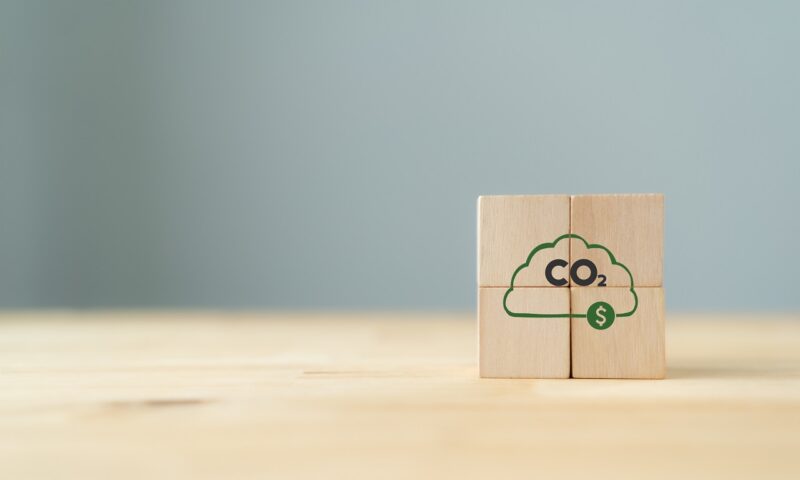Published: 09/05/24 By: Mike Bekin
If you are a regular on the EcoChoice blog, you will know that we talk a fair bit about the sustainability of timber as a building material. It is renewable, biodegradable and carbon sequestering, making it a great choice for your eco-friendly projects. But to understand fully the carbon cost of your project, you need to be able to calculate the footprint of your timber. That is where this handy guide comes in, making calculating carbon cost a breeze.
The Carbon Cycle of Timber
To understand more about the carbon cost of timber, it is good to look at the carbon cycle of wood products. This all starts as the tree grows, at which time it actually absorbs carbon dioxide from the atmosphere and converts it into oxygen, leaving the harmful carbon stored within the timber.
On average, around 50% of the total dry mass of a tree is carbon. Over the span of a year, a growing tree will absorb roughly 25kg of CO₂, with a cubic metre of timber storing a whopping ton of the notorious greenhouse gas by the time it is felled.
When chopped down for timber products, all this CO₂ is kept safe within the timber. This puts the starting carbon cost of your wood at around -25kg per tree, which is a great place to start!
It is useful to note, though, that by burning timber, this CO₂ will be released back into the atmosphere. This will also happen when the wood naturally decays, so using timber in a project and extending its lifespan is a great way to keep that CO₂ safely tucked away.
Calculating Your Timber Carbon Storage
Of course, not every plank of sustainable timber is going to store the same amount of carbon. If you want to get mathematical, you need to look at the water content of your timber, remove it from the total weight, and use 50% of the remaining weight as a good signifier of the carbon it contains.
Let’s take a 15% water content and 35lb timber board as an example. To work out the dry weight, you will need to divide the total weight by 1.15. Then divide the total by 2 to work out the average carbon content.
35/1.15 = 30.435
30.435/2 = 15.2175
So the average amount of carbon stored is 15.2lb.
Do not Forget Other Factors
Unfortunately, though, the carbon footprint of your timber is not always negative. There are other factors which come into play which can increase the carbon cost, including how the wood is processed, shipped and treated. If you use any finishes on your timber, the entire carbon footprint of that finish (including the CO₂ created during production and delivery) needs to be included in your project total.
Find Sustainable Timber at EcoChoice
If you are looking for eco-friendly timber with a lower carbon cost, we can help. At EcoChoice, we supply timber from responsibly managed forests to green projects around the UK, including for decking and cladding construction. By working with accreditations such as the FSC and PEFC, we can also source a lot of information on the supply chain of our timber, helping you calculate the total carbon cost of your project.
To learn more or start an order, get in touch with our team. We are always happy to help!
Tags: carbon footprint, Timber
Categories: Insights
